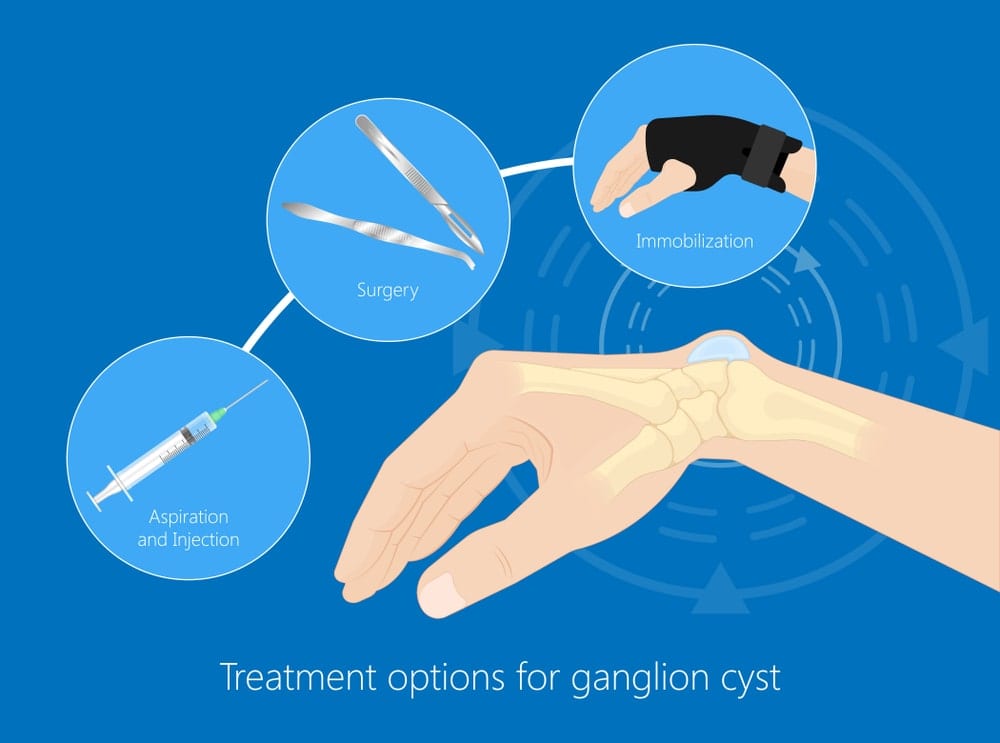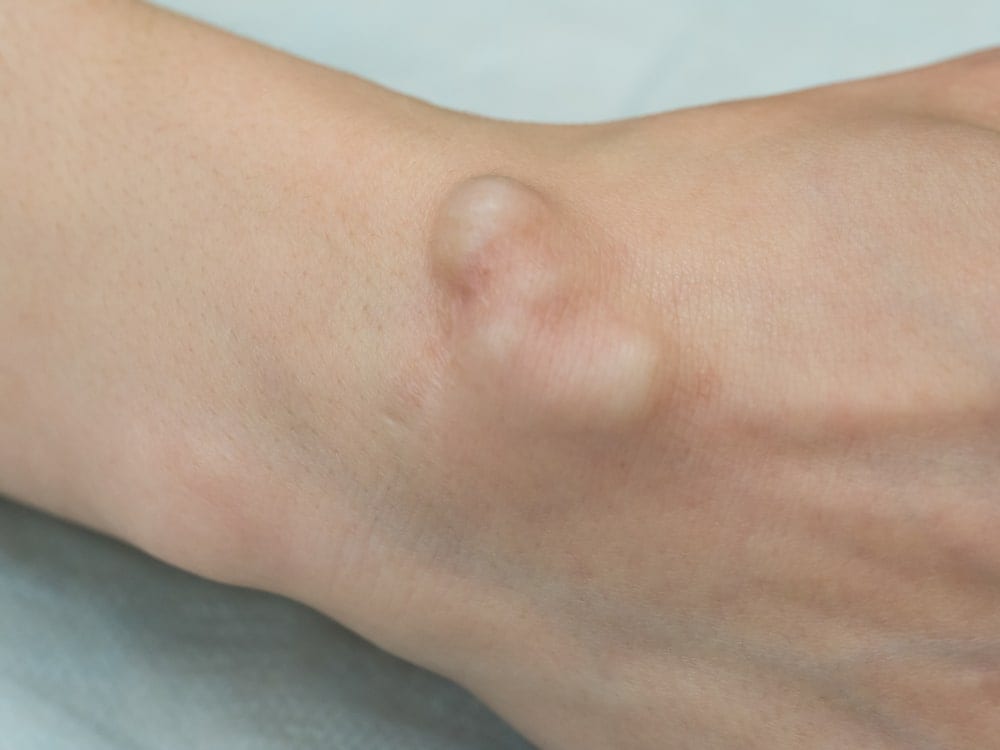Las Vegas Cyst Removal
What Is a Cyst?
When air, fluid, or any other material produces sacs underneath the skin or anywhere on the body, you may be dealing with a cyst. Cyst removal treatment focuses on the removal of the sac along with the fluid in it. Local anesthesia is given to patients who have cysts that are smaller than 5cm and patients who have cysts that are seen in lesser sensitive areas. However, with deeper and larger cysts, a more complex surgical method may be needed to safely remove the cysts. Dr. Dasari is affiliated with Spring Valley Hospital and Valley View Surgery Center to provide his Las Vegas patients the very best inpatient and outpatient surgical care near them.
The Different Cysts Dr. Dasari Treats in Las Vegas
Epidermoid (Inclusion) Cyst: As keratin is built up below a person’s skin, a discharge that is white and creamy in consistency is often observed. This discharge is basically a product of dead cells so it’s not unusual for it to smell unpleasant. The size of the inclusion cysts can be up to 18 cm. If these cysts are infected, they tend to become red and very painful. They’re witnessed on Face, arms, legs, neck, and back of a person.
Sebaceous Cyst: A greasy secretion produced by hair follicles is called sebum. Inward growth of such follicles leads to the creation of pores, making various problems in the back, armpits, on the scalp, and the face also. Surgical removal becomes a necessity if these cysts grow or become infected.
Pilonidal Cyst: Seen mainly close to the upper gluteal cleft, these cysts lead to ongoing or recurrent infections. Starting from the teen years, a patient might experience them during adulthood as well. The integral cause of these types of cysts is inward grown hair. To eliminate pain and control infections from recurring, removal of hair and cyst wall is important. Once this is done, the wound is protected by covering with a skin flap.
Breast Cyst: Any cysts or growth seen in the breasts have to be examined and checked thoroughly as there’s a possibility of malignancy in them. MRI or ultrasound can help in making diagnoses about cysts that are small. On the other hand, large cysts are only left to be examined properly by the department of pathology. The check has to be error-free to catch any signs of the cyst turning cancerous. Appropriate measures can be taken immediately.
Ganglion Cyst: Sacs filled with fluid observed near joints of hands, feet, elbows, wrists, hands, and knees are called ganglion cysts. Another reason for their creation might be pressure exertion or a hit. Most often, ganglion cysts are removed through surgeries under local anesthesia. The area affected is made numb and later a small cut is made for pulling out the cyst. The surgeon is very careful with this procedure as scars are left after this surgery. The size of scars depends on the cysts’ size.
Las Vegas Cyst Removal Treatment
Dr. Dasari performs cyst removal treatments in Las Vegas at Valley View Surgery Center or Spring Valley Hospital. These cysts generally require a removal treatment that utilizes local anesthesia to numb the affected area, before making a small cut. After the cut is made, Dr. Dasari pulls out the cyst – leaving a scar that may be the same size as the cyst.
Post-Surgery Care
To make sure infections are avoided, the Las Vegas cyst doctor may protect your wound with a dry bandage. Dr. Dasari may also recommend oral antibiotics or ointments for the wound to better heal.









